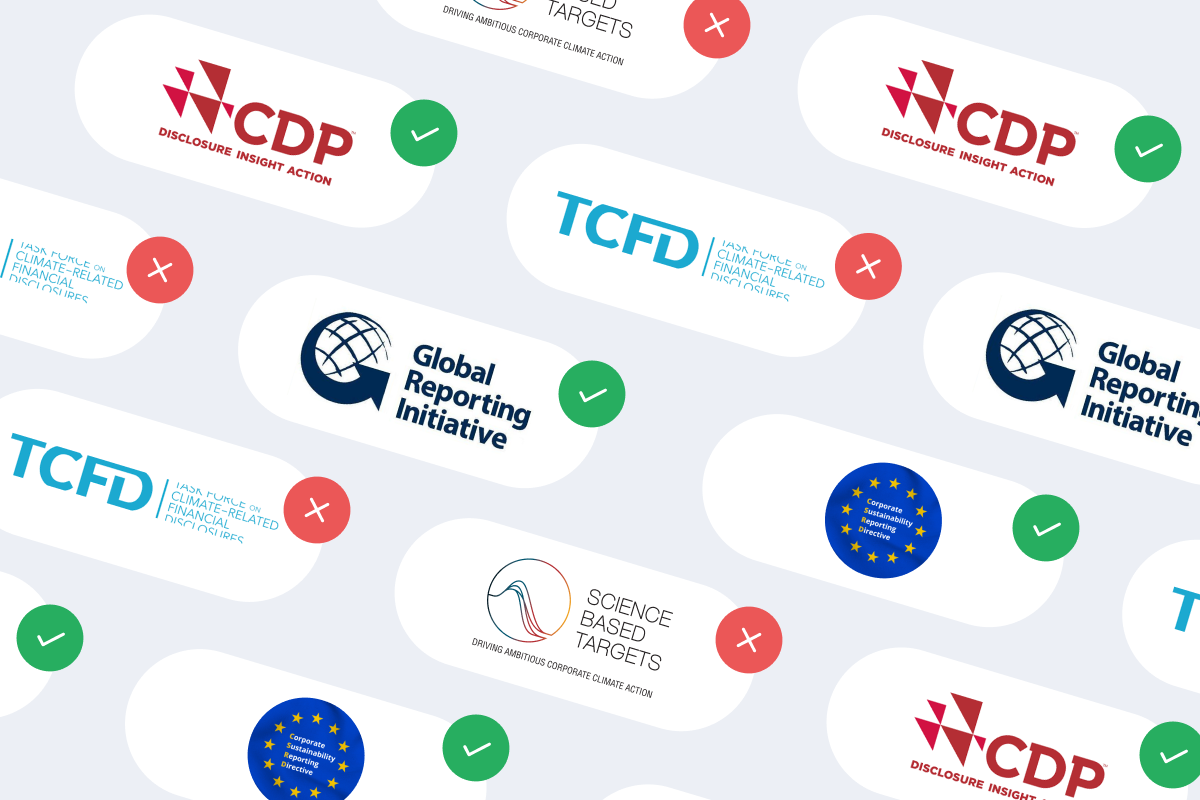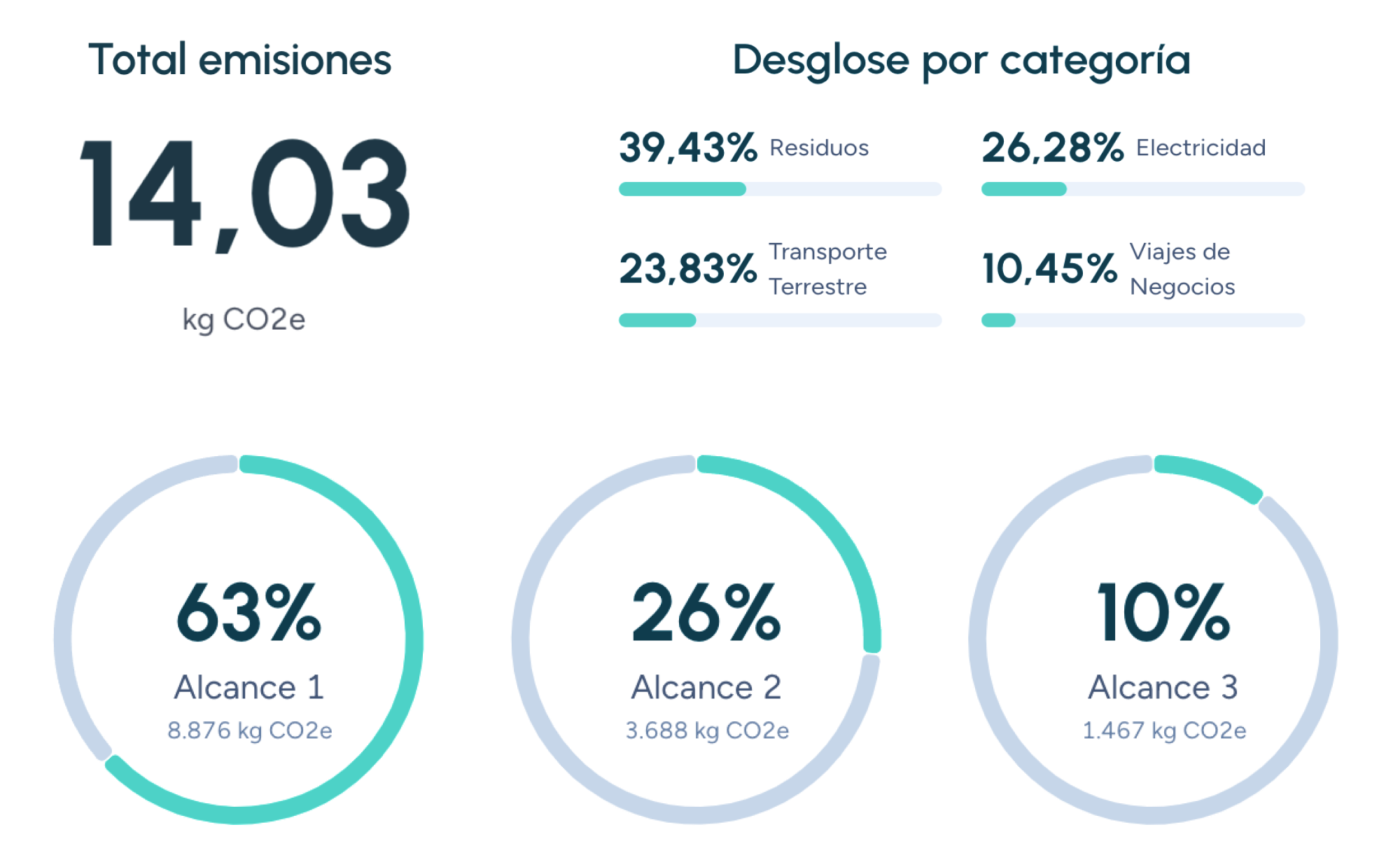Back to the blog
Core climate concepts
The Environmental Performance Index: Measuring corporate impact
Jaume Fontal
CPTO & Co-Founder
In the era of ESG investing and increased transparency, organizations seek trustworthy methods to measure and benchmark their environmental performance. The Environmental Performance Index (EPI) is one of the most recognized indices globally, providing data-driven insights on how countries—and, by extension, their businesses—are managing ecological challenges.
While the EPI typically rates national-level performance, its methodologies and metrics can also inform corporate strategies aiming to reduce environmental footprints.
This article explores how the EPI is structured, what it measures, and how companies can leverage its insights to drive sustainability improvements.
What is the Environmental Performance Index?
Jointly developed by Yale and Columbia Universities, the EPI ranks countries based on their environmental health and ecosystem vitality. The index aggregates a broad range of indicators to offer a score that indicates how well a nation protects its environment while enabling sustainable development. Core areas include air quality, water resources, biodiversity, climate change mitigation, and more.
Key components of the EPI
- Environmental health: Encompasses metrics such as air quality, drinking water, and sanitation.
- Ecosystem vitality: Evaluates biodiversity, natural habitat protection, fisheries management, and agricultural sustainability.
- Climate and energy: Assesses greenhouse gas emissions, energy intensity, and policies to curb fossil fuel dependency.
EPI methodology
The EPI uses a blend of satellite data, on-the-ground measurements, and self-reported government information. Scores range from 0 to 100, with higher scores reflecting better environmental outcomes. These scores are then used to rank countries relative to one another, providing a snapshot of global best practices and areas needing improvement.
Why the EPI matters for businesses
- Policy environment: A company operating in a country with a high EPI rating may benefit from advanced regulatory frameworks and greener infrastructure.
- Risk assessment: Low EPI scores can indicate potential environmental risks—like water scarcity or weak pollution controls—that impact operational continuity and brand reputation.
- Market opportunities: Firms producing sustainable technologies or services may find new markets in countries seeking to improve their EPI standing.
- Benchmarking inspiration: Corporate entities can adapt EPI metrics to measure facility-level or product-level environmental performance.
Adapting EPI indicators to corporate strategy
1. Air quality management
- Internal monitoring: Track particulate matter (PM2.5) and volatile organic compounds (VOCs) within company facilities.
- Carbon targets: Align with science-based targets to reduce carbon emissions, considering local air quality regulations.
2. Water resource management
- Water footprint analysis: Assess and minimize water usage in production, especially in water-stressed regions.
- Wastewater treatment: Invest in modern treatment systems that match or exceed local standards, safeguarding community health and ecosystems.
3. Biodiversity and habitat protection
- Land use practices: Preserve or restore habitats around corporate campuses or industrial sites through reforestation or wetlands conservation.
- Sustainable sourcing: Prioritize suppliers who protect biodiversity, especially for raw materials like cotton, paper, or palm oil.
4. Climate and energy
- Renewable energy adoption: Gradually replace fossil fuels with solar, wind, or hydro to power operations.
- Energy efficiency: Implement advanced HVAC systems, LED lighting, and building automation to reduce consumption.
Real-world examples of EPI in action
- European Union: Many EU nations rank highly in the EPI due to strict environmental regulations, presenting a conducive environment for companies to pilot clean technologies.
- China: Despite improvements in renewable energy, challenges with air pollution remain. Multinational companies operating in China often set additional safeguards to meet corporate sustainability goals.
- India: Water scarcity is a pressing issue, leading firms to adopt rigorous water management and rainwater harvesting to mitigate operational risks.
Challenges and criticisms
- Data gaps: Some countries lack robust data collection systems, leading to potentially incomplete or outdated EPI metrics.
- National vs. corporate scope: The EPI focuses on country-level data; thus, applying it to individual companies requires thoughtful adaptation and more granular indicators.
- Local nuances: Aggregating data at the national level may mask regional disparities. A business in a low-EPI region within a high-ranking country may still face environmental hurdles.
Integrating EPI-inspired metrics into corporate reporting
- Materiality assessments: Identify which of the EPI’s thematic areas (air, water, biodiversity, etc.) align with your company’s most significant environmental impacts.
- KPIs and targets: Translate these areas into Key Performance Indicators (KPIs) like water usage per unit of product or percentage of renewable energy in total consumption.
- Continuous improvement: Conduct annual reviews of performance against benchmarks, aiming for year-over-year improvement.
- Stakeholder communication: Share progress in sustainability reports, showcasing alignment with internationally recognized frameworks like GRI or SASB.
Future outlook
As climate change and environmental degradation accelerate, the EPI’s relevance grows. Improved data collection via remote sensing and IoT-based monitoring will likely enhance its accuracy, aiding both policymakers and private enterprises. Businesses can proactively shape their sustainability agendas by staying informed about the latest EPI findings, addressing emerging risk areas, and innovating to fill market gaps in environmental solutions.
Environmental Performance Index: Valuable insights for corporations
While the Environmental Performance Index primarily evaluates nations, it offers valuable insights for corporations seeking to benchmark and elevate their sustainability strategies. By adapting EPI categories—such as air quality, water resources, biodiversity, and climate—companies can pinpoint vulnerabilities and growth opportunities in their operations.
Leveraging the EPI can position your organization as a responsible leader, poised to thrive in an increasingly eco-conscious global marketplace.
Jaume Fontal
CPTO & Co-Founder
About the author
Jaume Fontal is a technology professional who currently serves as CPTO (Chief Product and Technology Officer) at Manglai, a company he co-founded in 2023. Before embarking on this project, he gained experience as Director of Technology and Product at Colvin and worked for over a decade at Softonic. At Manglai, he develops artificial intelligence-based solutions to help companies measure and reduce their carbon footprint.
Content
Companies that trust us

Dow Jones Sustainability Index: What it means for your business
Learn how the DJSI ranks companies and why it matters for corporate sustainability strategies.
07 May, 2025
Carbon Neutral vs. Net Zero: What’s the difference?
Understand the key differences between carbon neutrality and net zero goals.
31 March, 2025
Pioneer species: Their role in ecological restoration
Learn how pioneer species contribute to corporate-led reforestation and ecosystem recovery projects.
24 February, 2025
Guiding businesses towards net-zero emissions through AI-driven solutions.
© 2025 Manglai. All rights reserved
Política de Privacidad


